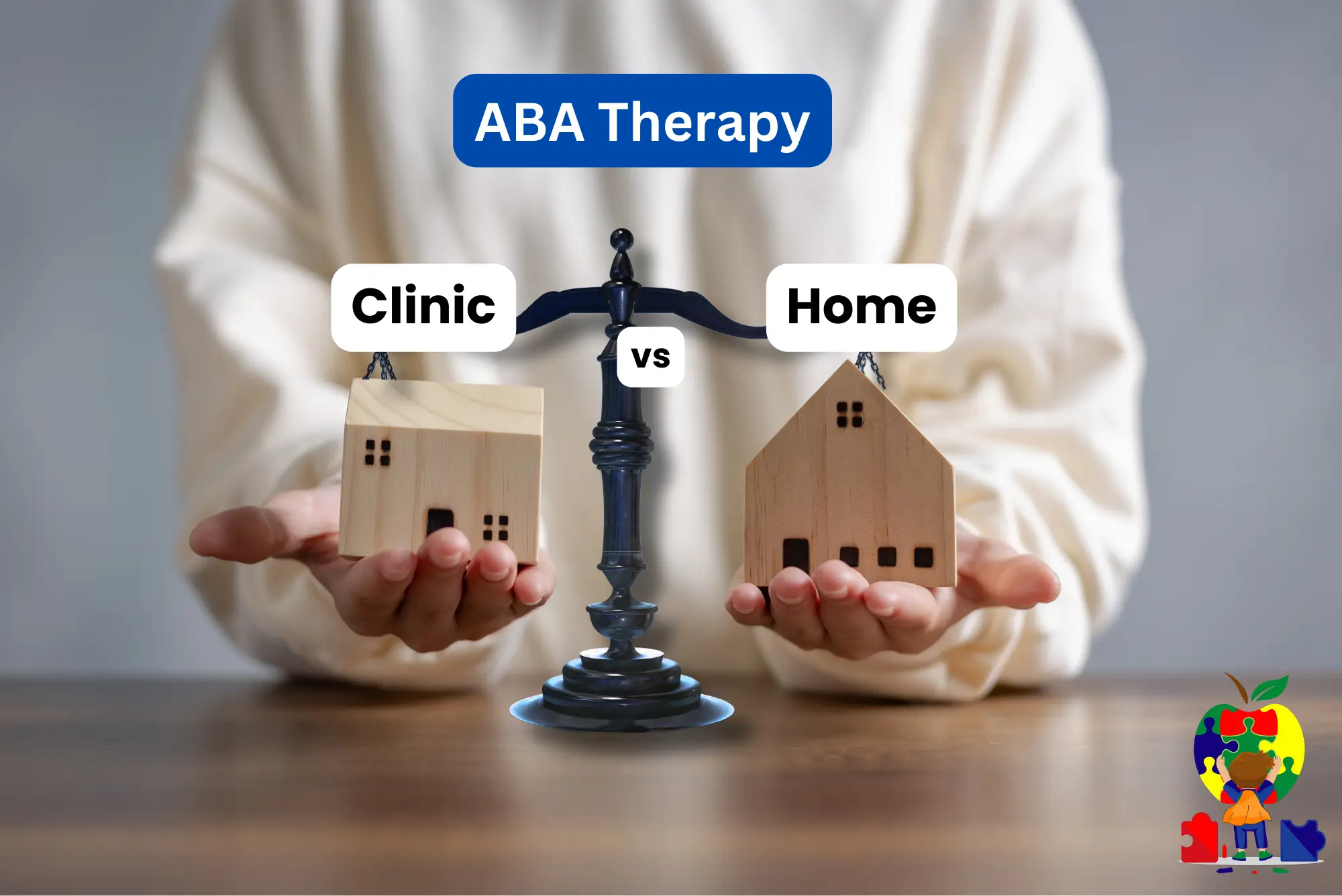Clinic vs. Home-Based ABA Therapy: Understanding the Differences
Introduction:
Applied Behavior Analysis (ABA) therapy is a widely recognized and effective approach for individuals with autism spectrum disorder (ASD) and other developmental differences. ABA therapy can be delivered in various settings, with clinic-based and home-based approaches being two primary options. Understanding the nuances and differences between these settings can help families make informed decisions about the most suitable therapy environment for their loved ones.
Clinic-Based ABA Therapy:
Clinic-based ABA therapy takes place in a designated clinical setting, often a specialized facility or center. Here are some key features of clinic-based ABA therapy:
- Structured Environment: Clinics offer a structured and controlled environment designed specifically for therapy sessions. The setting is equipped with resources, materials, and trained professionals to conduct therapy sessions effectively.
- Professional Expertise: Clinics typically have a team of qualified and experienced professionals, including behavior analysts, therapists, and support staff, who collaborate to design and implement individualized treatment plans.
- Social Interaction Opportunities: Clinic settings provide opportunities for social interactions with peers, as multiple clients often receive therapy concurrently. This can facilitate social skills development and peer interactions.
- Focus on Generalization: Therapists can work on generalizing learned skills across different settings by simulating real-world scenarios within the clinic environment.
Home-Based ABA Therapy:
Home-based ABA therapy occurs in the familiar environment of the individual’s home. Here are some distinctive aspects of home-based therapy:
- Naturalistic Setting: Therapy sessions take place in the individual’s natural environment, allowing for interventions tailored to specific home situations, routines, and family dynamics.
- Family Involvement: Family members are actively involved in the therapy process. Parents and caregivers receive training to implement strategies and interventions in daily routines, promoting consistency and generalization of skills.
- Individualized Focus: Home-based therapy allows for a highly individualized approach, targeting skills and behaviors relevant to the individual’s daily life and specific needs within their home environment.
- Convenience and Comfort: Eliminates the need for travel to a clinic, providing convenience and comfort for both the individual and their family. It also allows for more flexibility in scheduling therapy sessions.
Comparison and Contrast:
- Setting: Clinic-based therapy offers a structured and controlled setting, while home-based therapy occurs in the individual’s natural environment.
- Professional Involvement: Both settings involve trained professionals, but in home-based therapy, family members play a more active role in implementing interventions.
- Social Interaction: Clinic-based therapy provides opportunities for social interaction with peers, while home-based therapy focuses on interactions within the family and community settings.
- Generalization of Skills: Clinic-based therapy may emphasize generalization across different settings within the clinic, while home-based therapy targets skills within the individual’s home environment.
Conclusion:
Both clinic-based and home-based ABA therapy approaches have distinct advantages. The decision between the two often depends on the individual’s needs, preferences, and family dynamics. Some individuals may benefit more from the structure and social environment of clinics, while others thrive with the personalized and naturalistic approach of home-based therapy. Collaborating with ABA professionals can help families determine the most appropriate setting to support the individual’s growth and development effectively.
For additional info on this topic please check out this article from Autism Parenting Magazine
For a FREE Autism Resource Guide for the Southeast Michigan Area click here.

